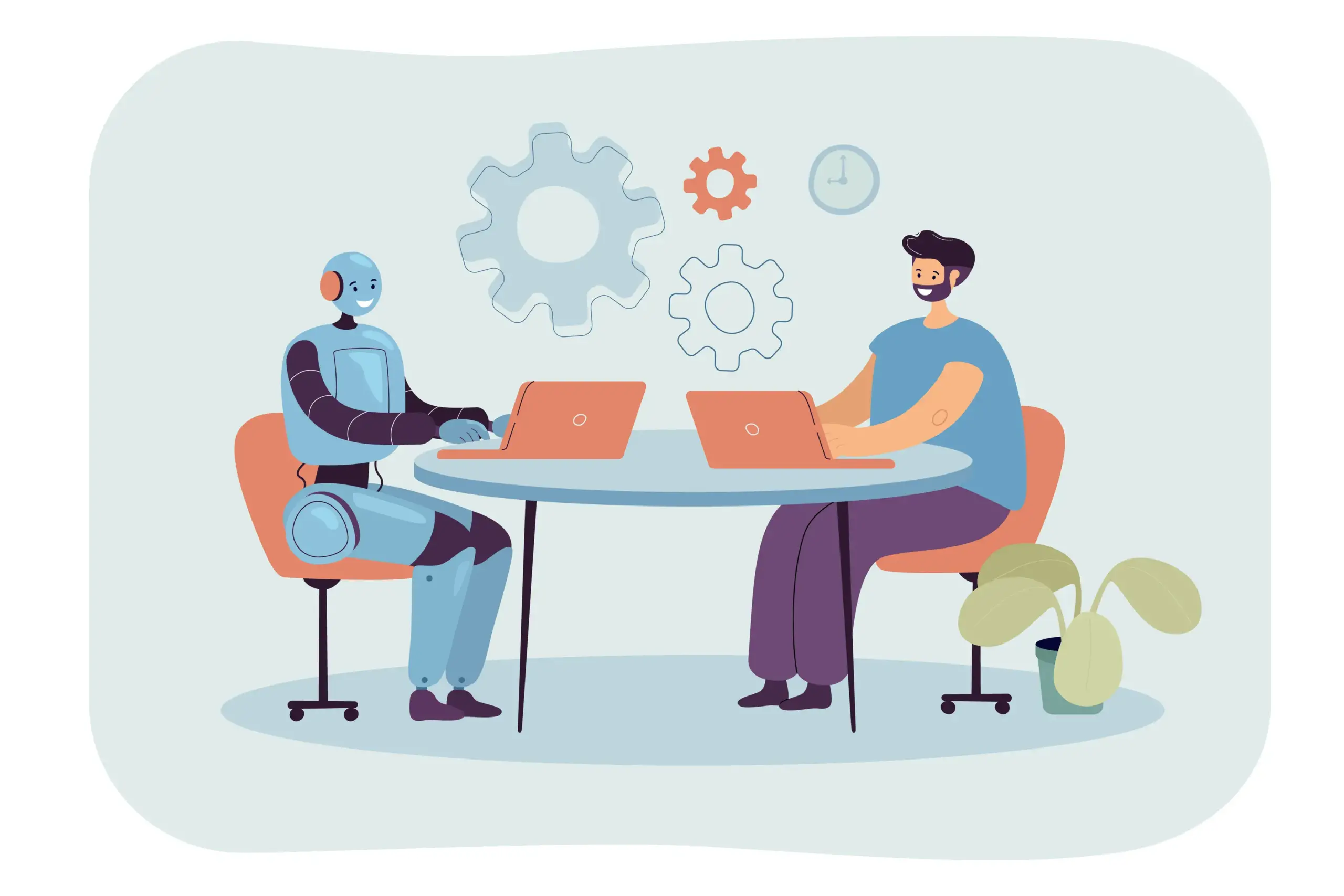
In the ever-evolving landscape of artificial intelligence, ChatGPT stands as a testament to the remarkable strides made in natural language processing. Developed by OpenAI, ChatGPT is a state-of-the-art language model that has garnered attention for its ability to generate coherent and contextually relevant responses in conversation. Behind its impressive performance lies an intricate training process that leverages cutting-edge techniques and vast amounts of data.
Pre-training: Laying the Foundations
The odyssey of ChatGPT commences with pre-training, a stage where the model acquires language comprehension through immersion in an extensive corpus of varied text from the internet. This corpus functions as a vast repository of linguistic patterns, subtleties, and context, enabling the model to discern the complexities of human communication. Throughout pre-training, ChatGPT refines its proficiency by predicting the subsequent word in a sentence, thereby sharpening its capacity to comprehend syntactic and semantic structures. This transformative capability has the potential to disrupt traditional chatgpt white-collar employment paradigms.
To execute pre-training, OpenAI employs a deep neural network architecture known as the Transformer. This architecture, introduced in the seminal paper “Attention is All You Need” by Vaswani et al., revolutionized natural language processing by incorporating self-attention mechanisms. This enables the model to weigh the importance of different words in a sentence, capturing long-range dependencies effectively.
Fine-tuning: Tailoring to Specifics
While pre-training provides ChatGPT with a foundational understanding of language, it doesn’t guarantee contextually accurate and safe responses. To address this, the model undergoes fine-tuning, a crucial phase where it is refined on custom datasets created by OpenAI.
During fine-tuning, the model is exposed to carefully curated datasets that include demonstrations of correct behavior and comparisons to rank different responses. Additionally, reinforcement learning is employed, where the model receives feedback in the form of rewards and penalties based on the quality of its generated responses. This iterative process allows ChatGPT to learn and adapt to specific guidelines, ensuring it aligns with human values and ethical considerations.
Fine-tuning also plays a pivotal role in shaping the behavior of ChatGPT for diverse applications. OpenAI employs a process called “prompt engineering” to guide the model towards desired outputs. By formulating prompts that encourage the generation of safe, informative, and contextually appropriate responses, the fine-tuning process tailors ChatGPT to meet specific use-case requirements.
The Challenges of Bias and Mitigation Strategies
One of the challenges inherent in training large language models like ChatGPT is the potential for bias in generated outputs. Since the model learns from internet data, it may inadvertently replicate and perpetuate biases present in the training data. OpenAI acknowledges this challenge and actively works on implementing mitigation strategies to address bias.
To combat bias, OpenAI employs a two-pronged approach. Firstly, they invest in research and engineering to reduce both glaring and subtle biases in ChatGPT’s responses. This involves identifying and addressing problematic outputs through a combination of manual reviews, guideline improvements, and continuous feedback loops. Secondly, OpenAI is committed to providing users with customization options, enabling them to define the AI’s values within broad societal bounds.
Iterative Deployment and User Feedback
The training of ChatGPT is an ongoing, iterative process that extends beyond the initial development phases. OpenAI adopts a unique approach by deploying models in stages and gathering user feedback to uncover novel risks and identify areas for improvement. This feedback loop is crucial for refining the model’s behavior and addressing any unforeseen challenges that may arise in real-world usage.
By incorporating user perspectives and experiences, OpenAI ensures that ChatGPT evolves in a way that aligns with user expectations and societal norms. This user-centric approach emphasizes the importance of continuous learning and adaptation, reinforcing OpenAI’s commitment to responsible AI development.
Ethical Considerations and Transparency
As the development and deployment of advanced language models raise ethical concerns, OpenAI places a strong emphasis on transparency and accountability. The organization is committed to openly sharing its research findings, disclosing the limitations of its models, and actively seeking external input through red teaming and public consultations.
OpenAI’s dedication to transparency extends to the disclosure of its model’s capabilities and limitations. Users are encouraged to be aware of the AI nature of ChatGPT and to avoid using it for harmful or malicious purposes. This transparent communication empowers users to interact responsibly with the model and fosters a collaborative approach towards addressing ethical considerations.
The Future of ChatGPT and AI Development
The training process of ChatGPT exemplifies the intricate dance between data, algorithms, and user feedback in shaping the capabilities of advanced language models. As technology advances, the trajectory of AI development will likely involve refining models for even more nuanced understanding, mitigating biases comprehensively, and expanding customization options for users.
OpenAI’s commitment to ethical AI, continuous improvement, and user engagement positions ChatGPT as a benchmark in responsible natural language processing. The lessons learned from the development of ChatGPT will undoubtedly inform the future of AI, guiding the creation of models that not only understand language intricacies but also align with human values and societal norms.
Conclusion
The journey of training ChatGPT unveils a captivating narrative of leveraging massive datasets, advanced neural network architectures, and meticulous fine-tuning to craft a language model that pushes the boundaries of natural language understanding. From pre-training on diverse internet text to fine-tuning for specific use-cases, the process is a delicate interplay of algorithms and human-guided customization.
OpenAI’s dedication to addressing bias, incorporating user feedback, and fostering transparency sets a commendable standard for responsible AI development. As ChatGPT continues to evolve, it serves as a beacon for the future of artificial intelligence – a future where language models not only understand the intricacies of human communication but also reflect the ethical considerations and values of a diverse and interconnected world.






